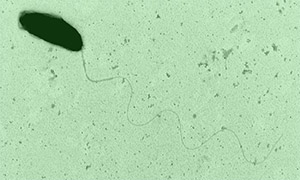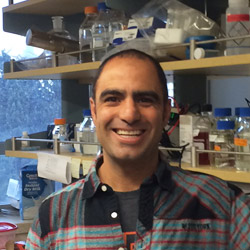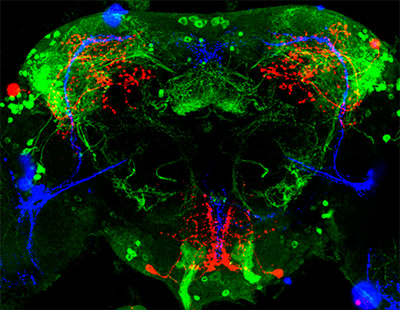Leafing through my favorite biology textbook from a handful of years ago, I was struck by the relative brevity of the chapter on human evolution. While other fields of biological research have enjoyed a steady gallop of productivity over the last few decades due in part to advances in computing power, imaging technology and experimental methods, the study of human evolution can be seen as having lagged behind until recently due to an almost complete dependence on fossil evidence.
Fortunately, contemporary biology textbook chapters on human evolution are being primed for a serious upgrade thanks to the recent availability of high-quality genome sequences from diverse modern human populations as well as from ancient humans and other non-human hominids, including the Neanderthals and Denisovans (but, for purposes of this story, not the Great Apes).

What are the new resources for studying human evolution?
The cost of DNA sequencing has dropped precipitously in the last decade. As a result, more complete human genome sequences become available for analysis with each passing year.
For example, the 1000 Genomes Project ![]() includes more than 1,000 full human genome sequences of individuals from European, Asian, American and Sub-Saharan African populations. Earlier this year, the Simons Genome Diversity Project
includes more than 1,000 full human genome sequences of individuals from European, Asian, American and Sub-Saharan African populations. Earlier this year, the Simons Genome Diversity Project ![]() further increased the number of available human genomes by adding 300 individuals representing 142 populations around the globe.
further increased the number of available human genomes by adding 300 individuals representing 142 populations around the globe.








